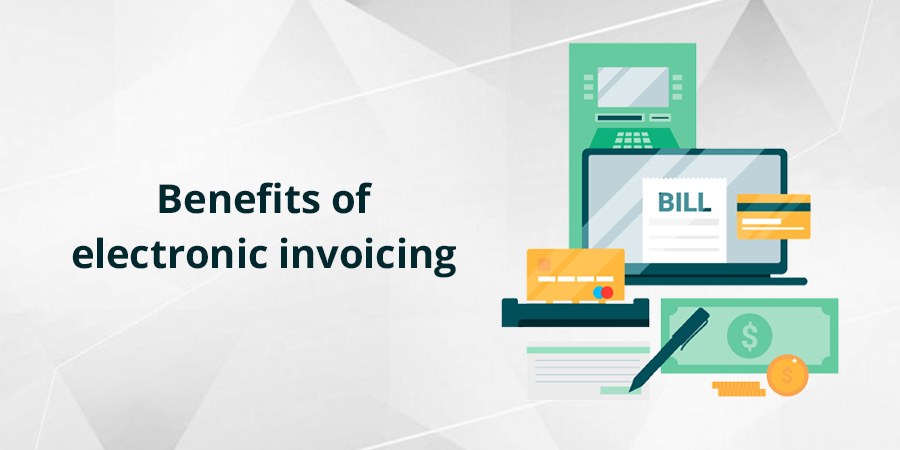For some years now, commercial transactions have been moving towards the digital world. However, we still maintain processes that reduce the agility and competitiveness of companies and entail an additional cost for them. One of them is physical or manual billing, which is still used in many organisations in our country.
In this post we are going to talk about e-invoicing and how, beyond its distinctive features of obtaining and sending invoices, it offers a series of benefits with which companies will streamline their invoice management processes.
An e-invoice is, as its name suggests, an invoice that has the same legal effects as a paper invoice. However, e-invoices are issued and received in electronic format. It is one of the most regulated documents worldwide as it provides new security conditions, thereby improving the exchange of documents.
The E-invoice in the world
More than 60 countries use e-invoicing, optimising their internal processes. In Spain, this process is regulated by the FACe, platform in which the different administrations, autonomous communities and local authorities participate to manage all the processes that e-invoicing entails. The use of this type of invoice is increasing: in the first month of 2017 more than half a million invoices were submitted, a figure that exceeds that of 2016, which did not reach half a million.
In 2016, some 35 billion e-invoices were issued worldwide, of which 10 million corresponded to Europe, and half were managed by Latin American countries.
Latin America is experiencing the e-invoicing boom: Chile was a pioneer country in e-invoicing and in Mexico about 6 billion invoices were processed in that format in 2016. For its part, Peru is undergoing a process of massification of e-invoicing similar to that witnessed in Brazil, where about one million proof of receipt slips are exchanged monthly.
As a consequence of the multiple advantages offered by the digital world, it was considered appropriate to adopt this model of digital invoicing, based on highly successful experiences at both national and international level and adapting them to our reality and day to day in the financial world.
Benefits of E-Invoicing
Through this invoice management model, many companies in the financial sector have modified for the better their method of processing the hundreds or thousands of invoices they receive annually.
The main benefit it offers is that it allows companies to exchange documents without the need to resort to physically transporting them, printing them on paper, or their resulting storage.
We can divide the benefits provided by e-invoicing into two blocks:
1) Environmental and social benefits: it prevents pollution
- The issuance of physical invoices involves the process of felling trees, which in turn leads to environmental pollution. Forgoing these efforts saves on printing.
2) Management benefits: efficiency and growth for companies
- It means that physical proof of receipt slips do not have to be stored for a certain period of time.
- It facilitates the reconciliation of issuances and payments.
- It automates the process of receiving and issuing invoices, which means not only minimising management expenses, but also obtaining income statements more quickly and efficiently.
- It helps obtain greater liquidity, bringing forward the collection point as the invoice arrives immediately to its recipient.
Another important benefit is the ease with which the e-invoice can be converted into a negotiable invoice, an important financial instrument for SMEs. It is an instrument with a value similar to that of a bill of exchange, promissory note or cheque, aimed primarily at those companies that sell on credit. The negotiable invoice allows companies to generate quick and lower-cost financing in comparison with other financial and banking instruments, and without having to go through the physical process. Therefore, the e-invoicing process benefits not only the companies that issue and receive them, but also the country and especially the environment. The use of e-invoices has become more extensive and physical invoices are already considered secondary or residual in some parts of the world.
In conclusion, digital optimisation is benefiting the entire market and we will gradually create a fully digitised business world. The main benefit generated by e-invoicing is for SMEs, which obtain the most advantages. Thanks to this digitisation, an SME that today invoices electronically and does business with major banks obtain timely financing and in a cheaper and more competitive way using processes such as Factoring. In the end, what is achieved is incredible mastery, and the main benefit is financial, both for SMEs and for large companies, which will automate their supply processes.


